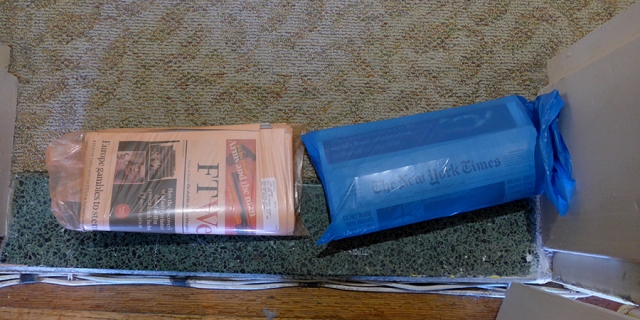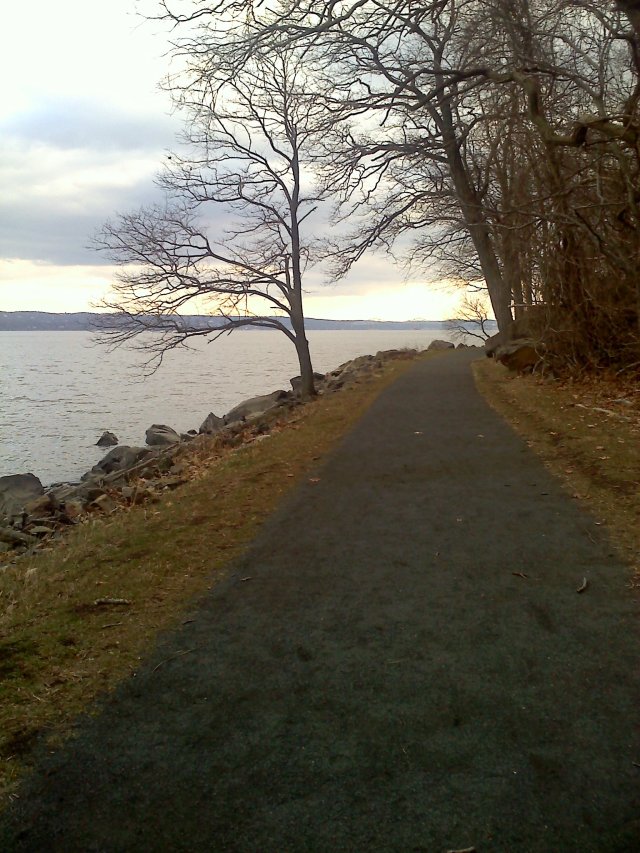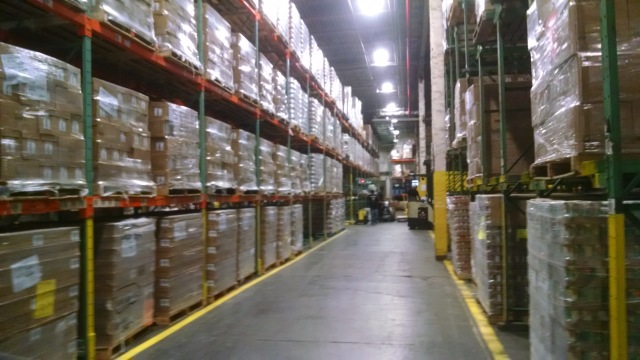By Caitlin Kelly

The view north from her apartment, East 81st. Street.
Thanks to my friend D, who lent me her apartment on the Upper East Side of Manhattan while she was out of town, I just enjoyed four days wandering the city, staying overnight.
What a luxury!
I’ve been living near New York City since 1989 but have never lived in it; paying a ton of money for a very small amount of room doesn’t appeal to me.
But, having grown up in Toronto, Montreal, Paris and London, I’m used to — and really miss — the energy of living in the middle of a major city with ready access to culture, museums, shopping and restaurants.

These are glass circles inlaid into the sidewalk, to allow for illumination below. At night, they were lit up. You’ll find these in Soho, downtown, and they’re often purple as the magnesium in the glass has changed color over the years.
Not to mention the pleasure of not driving everywhere, which I consider the worst curse of suburban life. It’s polluting, isolating and expensive. And makes you fat.
You can’t help but stay in city-shape, thanks to climbing all those subway stairs and walking long cross-town blocks.
(There’s also been a recent, terrifying and unresolved series of slashings and stabbings in and near the subway here, making cabs and walking and buses even more attractive.)
Walk even a few blocks in New York City, and notice all the details as every building, old or new, has some sort of decoration — glazed bricks, carved gargoyle faces on either side of the entrance, lacy wrought-iron over the glass doors, windowboxes filled with daffodils and ivy.

You also see the city as it’s lived, not jammed into a throng of fellow tourists.
As I stopped into Cafe Anneliese for my morning coffee, several uniformed police officers emerged, arms piled high with pizza boxes.
At 9:00 a.m.? Turns out the 19th precinct was having a bake sale.
Those are the sort of intimate details you’ll never see wandering midtown or Times Square.
Some of my observations:
So many people!
Turns out New York is now the biggest and fastest growing it’s been since the 1920s. Some eight million people now live here.
I never quite grasped the density that entails, but walk just a few long blocks filled with 10, 20 and 40-storey apartment buildings and you start to get the picture.
So many kids!
In these four days I realized, because we don’t have children, how little daily exposure to them we have; suburban kids are either in school, being driven somewhere, at some organized activity or at home.
They’re not, at least in my town, playing on the street or swarming a playground.
In the city, I saw them sitting on the bus, (like the four-year-old girl wearing silver leather boots!) and subway and sidewalk, running through the park, chattering to their mom or, as one little girl was, fast asleep on her nanny’s lap.
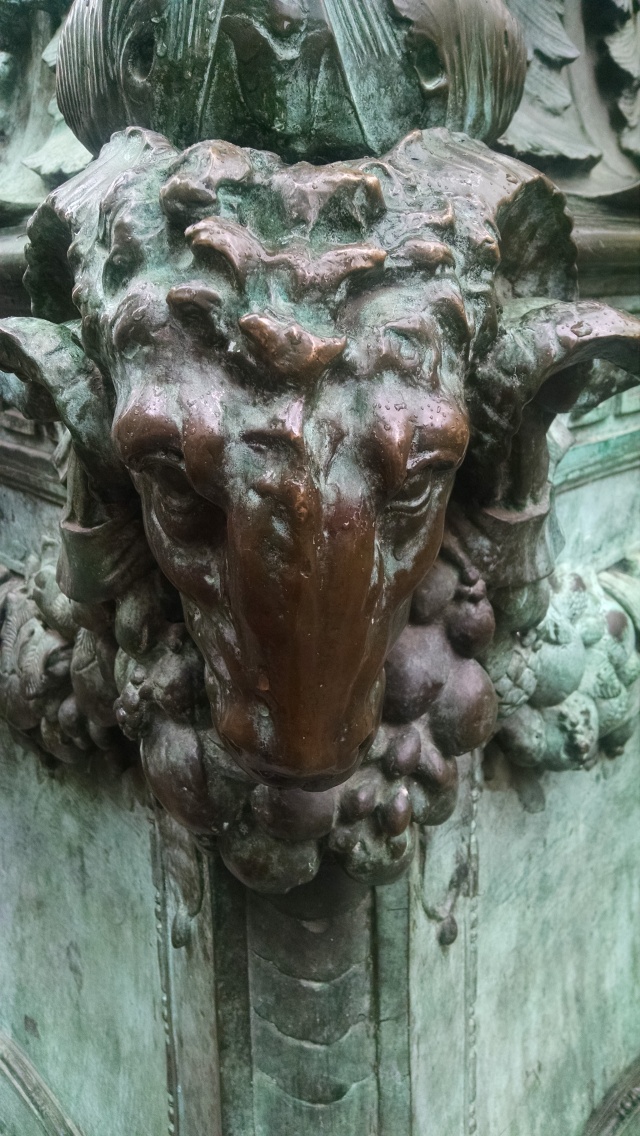
So many dogs!
If you’re a tourist in New York City, you might not even notice all the dogs. But if you live here, even for a few days in a residential neighborhood like the Upper East Side, it’s dog city! I had a great time watching all the dog-walkers with their furry charges.
Met two gorgeous fox terrier puppies, one wire-haired named Tulip, one smooth-haired named Panda.
I was also impressed at how spotless the sidewalks were; people definitely seem to be picking up after their pets.
So many tourists!
I barely heard a word of English in four days, and in a variety of neighborhoods. Instead, I overheard Chinese, French, Spanish, German, Portuguese and an Eastern European language I didn’t recognize spoken by four young women, all wearing black, sitting beside me at the bar of an Indian restaurant on Bleecker Street.
One of our games is “guess the tourist”. They don’t need to be holding a map or guidebook for us to know who you are:
1) You’re wearing nice clothes. On weekends, certainly, everyone who lives here is wearing what I wore: leggings, athletic shoes and a jacket or T-shirt. i.e. not an outfit or shred of elegance. It’s all about comfort.
2) You move realllllllly slowly. Jesus, people, move it!
3) You stand still, blocking the exits and entrances to subway stairs, stores and restaurants — or spread your entourage across the entire sidewalk. Please don’t! We move fast and hate it when we can’t.
4) You’re wearing an I Love NY or FDNY T-shirt or sweatshirt. Or, like the young German couple on the uptown 6 train, scrubbing their hands with sanitizer.
So many flowers!
This year — hello, global warming?! — the trees are already blossoming: cherry, magnolia and others bursting into white and pink glory about two months too soon. The parks are filled with daffodils and tulips soon to join them.
Not to mention all the flower shops and corner delis filled with plants and flowers to take home.

Al Dente, a pretty, quiet Italian restaurant at 80th and Amsterdam
Some of the many activities I enjoyed (all of which you can too, as a visitor here):
Ate well:
Surya, (Indian on Bleecker Street); Virgil’s (barbecue, on 44th St.), Al Dente, (Italian, corner of 80th and Amsterdam, UWS), Patisserie Claude (West 4th, West village.)
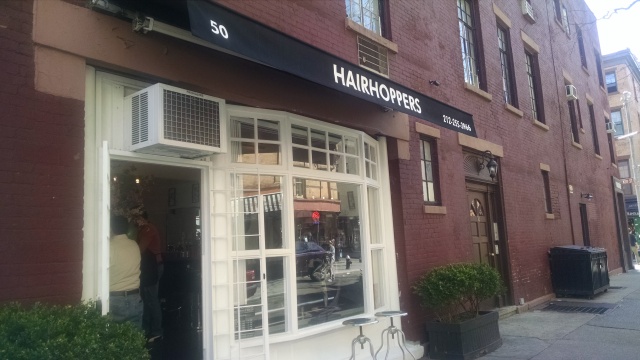
Got a haircut:
At Hairhoppers, my go-to salon for the past 16 years, on Grove Street in the West Village. With only three chairs, it’s tiny and fun, always an unlikely mix of age, gender and kinds of people. On various occasions, I’ve sat beside a Grammy-nominated musician, a Brooklyn museum curator and an I-banker off to the Bahamas.
Alex is the owner, Benny his assistant. My cut was $100, (I can hear you gasping), but I know what rent he pays — and it’s a fair price for terrific work.
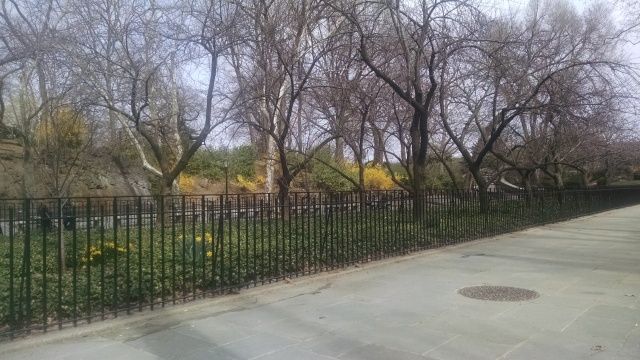
Enjoyed a park
You might not think of parks, beyond Central Park, when you think of New York. But the city has far more green space than Paris, and many lovely pockets of greenery and silence around the city, like Carl Schurz Park on the Upper East Side, topped at its northern end by Gracie Mansion, the elegant official home of the city’s mayor.
In an overwhelmingly residential neighborhood, it offers the city at its best — clean, manicured, right on the East River so you can watch the barges and police boats and DEP crews zipping past.

Downtown, before my haircut, I sat for a while in Sheridan Square’s park, marked with several life-size white statues that commemorate a piece of history for the city’s gay population, the Stonewall Inn, which sits just outside the park.
Be sure to just sit still for a while and savor the incredible variety of people who work, live and play here.
Chatted with a stranger
One morning at the corner coffee shop, we got into a conversation with an older woman sitting beside us. Turns out — of course! — she and my husband knew someone in common.
Even in such an enormous city, it happens.
Walked
This is the single best way to enjoy New York City.

There’s such great architecture almost everywhere; (walk 42d Street from the East River to Fifth Avenue to see Tudor City, the Chrysler Building, Grand Central Terminal and the Public Library. Be sure to go inside GCT and the library.) If you love the Bourne films as much as I do, you’ll recognize Tudor City– an elegant series of apartment buildings and a park — as a key scene in one of them.

Took the bus
The subway? Fuhgeddaboutit!
Buses are by far the best way to see the city without getting crushed, trampled or having your I-phone grabbed out of your hand. If you have mobility issues, buses easily accommodate travelers using wheelchairs and walkers, by “kneeling”, lowering almost to pavement level and with a special lift for access.

Saw a few shows:
I had never been to Le Poisson Rouge, a concert venue on Bleecker St. near NYU. For an admission fee of $10 and sipping a $10 glass of Malbec, I listened to two of the three bands on that evening. Really enjoyed it.
I discovered that show by reading The Skint, a daily listing of affordable fun events and a must-read for everyone hoping to enjoy New York on a budget.

Attended Easter service at one of the city’s greatest churches:
Nope, not St. Patrick’s Cathedral but St. Bart’s.
My parents, a New Yorker (my mother) and a Canadian from Vancouver (my father) married at the spectacular church of St. Bartholomew on Park Avenue, so I’ve long felt an attachment to it. The entrance has five mosaic-filled domes overhead and deeply sculpted entrance doors.
Its location — a block north of the Waldorf-Astoria Hotel and a few blocks from all the major banks and (once) investment houses — locates it in the center of New York power and money. It was founded in 1835 but the current building went up in 1918.
I hope this offers you some inspiration for your next visit here!












